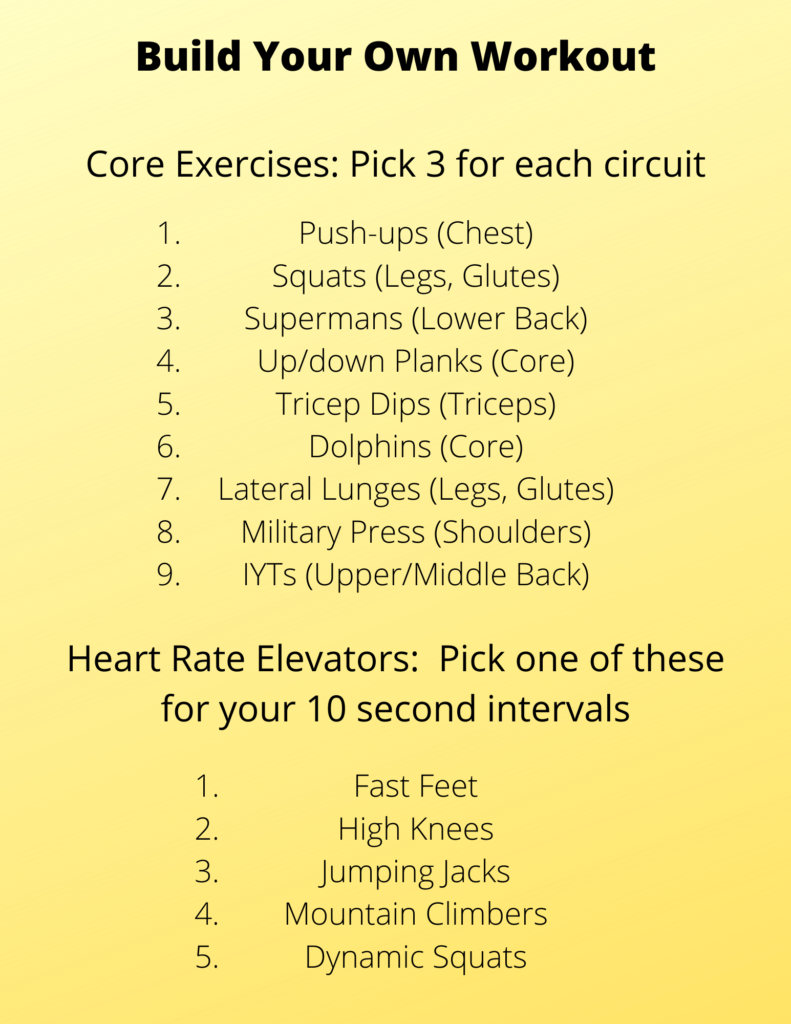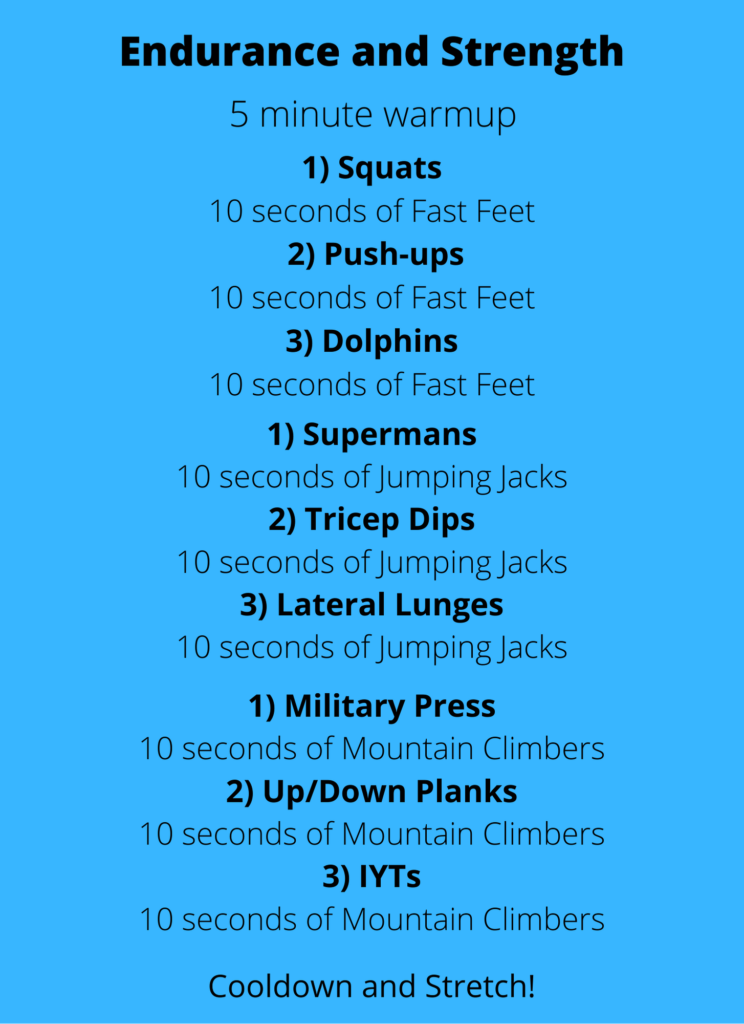
Fitness from Home: Tips on Staying Active and Stress-Free
Since the quarantine started, people have been encouraged to stay home as much as possible to avoid spreading the coronavirus. With classes moving online and most businesses cutting hours or closing, it can be hard to get in the daily exercise needed to stay healthy. Even if you are not a gym regular, the lack of physical activity can start to have a lot of negative effects, from physical health to stress and anxiety levels to overall happiness. Luckily, there are many different exercises that can be done from home that require no special equipment and are flexible enough that they can work for both beginners and experts.
“I think that exercise is one of the most important activities that we as humans can engage in at all times, but its need is enhanced by the current coronavirus pandemic,” said Nicholas LaCasse, the PVCC Fitness Center operations specialist and former PVCC student. For more information about LaCasse and his fitness journey, check out my other article: “A Fitness Journey.”
“It’s so easy to fall into a funk when you can’t leave home and our entire lives as Americans is completely upside down,” LaCasse said. “Exercise combats this and also allows you to relieve stress, which is a common immune system enemy.”
Exercise not only improves physical health, it is also a great way of relieving stress. By making a point to work out a little every day, we can live happier and healthier lives.
There are many different exercises that can be done at home, and they require no special equipment. All that is needed is a routine and a drive to complete it. LaCasse boils these choices down to two categories, offering example routines and tips on how to customize to make it easier or harder, or to simply start from scratch. These two formulas are circuits and supersets.
The first workout structure is the circuit, which involves alternating different exercises with “breaks” of a simple repetitive exercise in a loop pattern.
“Circuit training is an incredibly efficient way to train your body as it allows you to build muscle strength and endurance while also getting your cardio built in,” LaCasse said.
His example routine is as follows:
- Push Ups – 30 seconds
- 10 seconds of jumping jacks
- Squats – 30 seconds
- 10 seconds of jumping jacks
- Pull Ups – 30 seconds
- 10 seconds of jumping jacks
After taking a one-minute break, repeat the circuit until satisfied. The time can also be substituted for reps. The possibilities are endless.
“This is a very basic example of what one section of a circuit may look like,” LaCasse said. “As you get more advanced, you can change the time intervals for each exercise, the variation or intensity of each, and how the exercises are paired.”
With their flexibility and adaptability to different skill levels, along with their easy repetition, circuits are a great choice for everyone looking to stay active.
Another possible workout structure is the superset, which involves repeatedly performing two exercises back to back.
His example routine is as follows:
- First Superset
- Pushups – 10 reps
- Pullups – 10 reps
- Second Superset
- Squats – 10 reps
- Hamstring Curls – 10 reps
Although this is a basic example, it still shows the general concept. Unlike circuits, supersets are meant to be done continuously and without breaks in between each round. Supersets are simply repeated until the end of the routine.
“By supersetting, you are allowing the muscles you just worked in the first exercise to rest while working the opposite muscles,” LaCasse said. “That way your rest periods are built in, so to speak.”
Supersets are not as flexible as circuits. They are more catered toward those with more experience, but still offer a good system for continuous exercise.
“When it comes to this stuff, I think circuit training is probably the most beneficial to everyone,” LaCasse said. “It is extremely accessible due to the ability to change the number of exercises, the intervals, the rest periods, and the number of times you complete the circuits. I would recommend a beginner attempt to complete their circuit at least twice. The goal is for you to eventually complete your circuits 4-6 times when you work out. This will usually take about 30-45 minutes once you get there.”
Whether you’re new to working out or a gym regular, exercise is critical for all, especially in these trying times. By setting aside time to go through a few circuits or complete some supersets, we can promote our health and happiness to get us through.


Nicholas LaCasse







